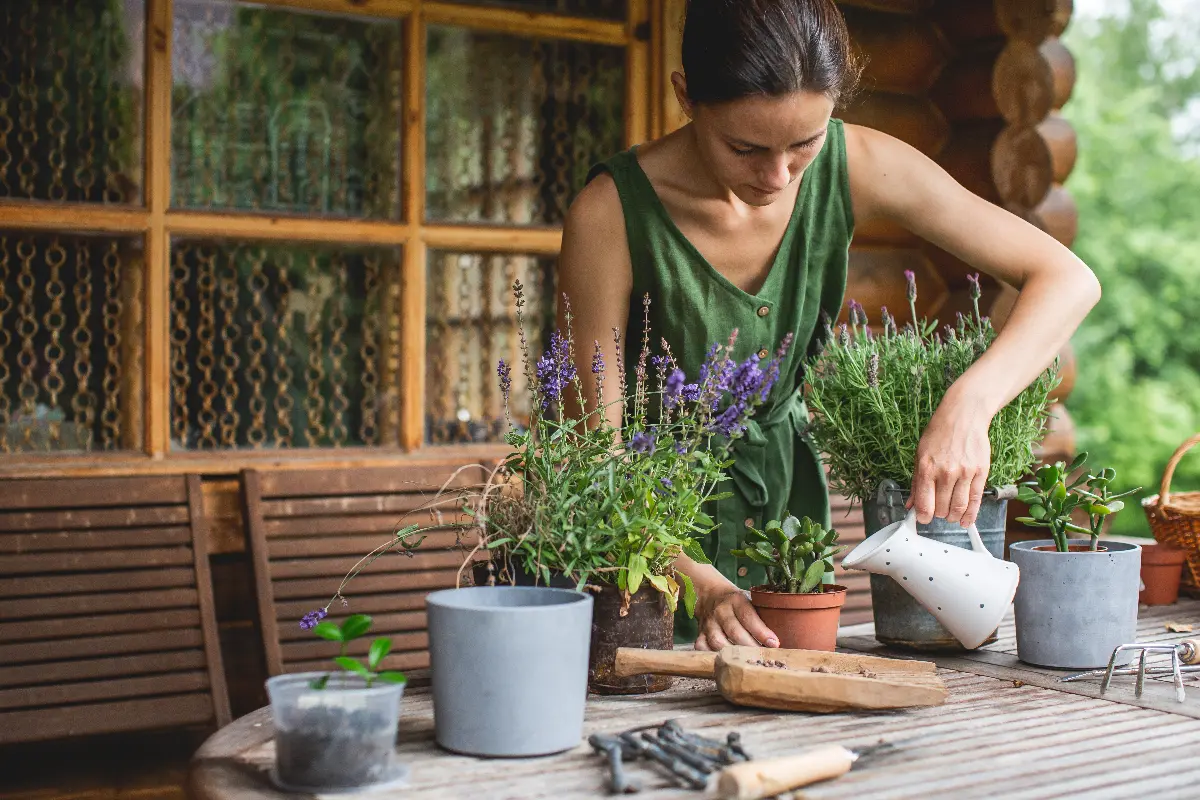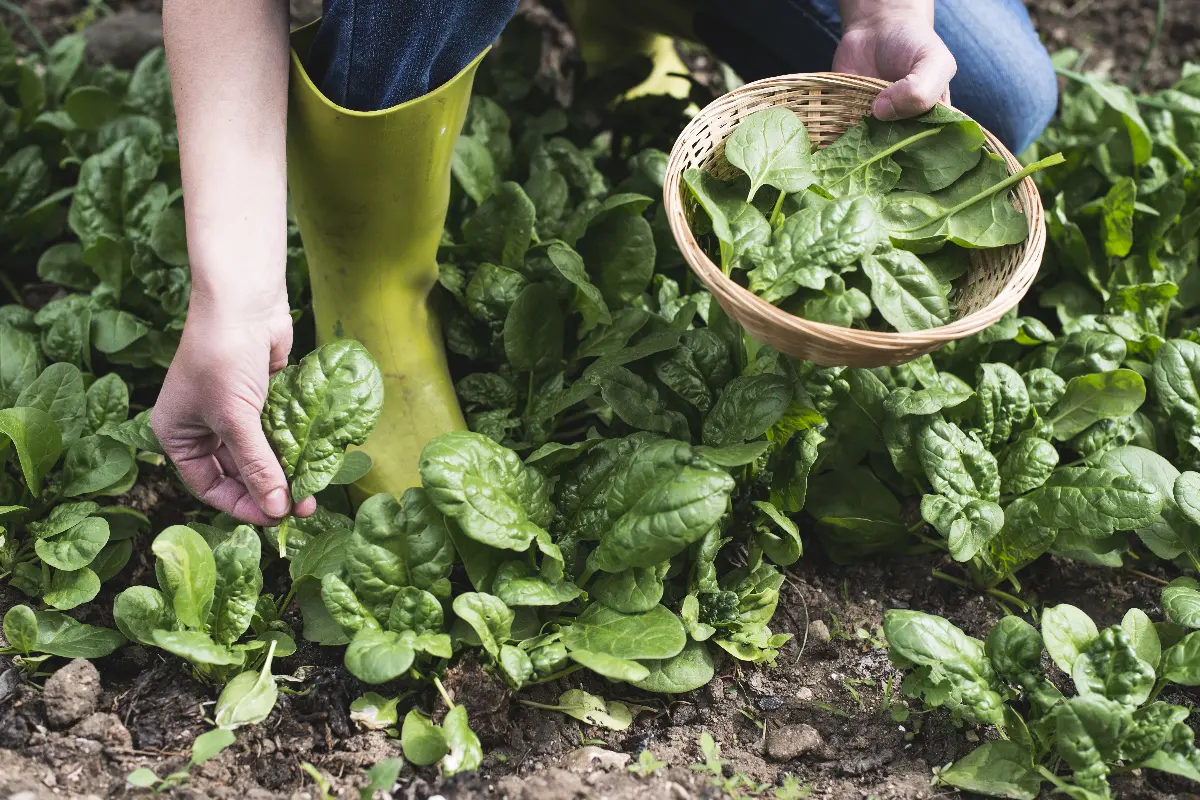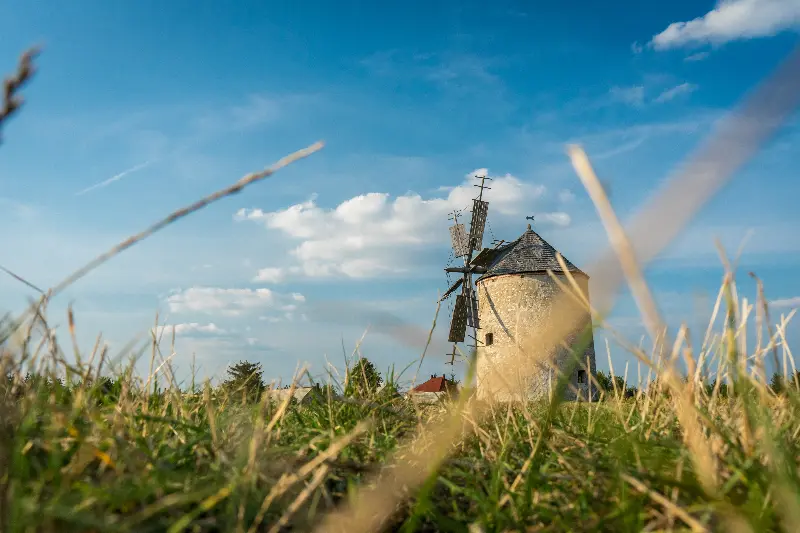
Helyszín címkék:
A self-sufficient garden: why permaculture is becoming increasingly fashionable in our country
Szabó Sára
The effects of climate change are no longer just felt from year to year, season to season, but on a daily basis, too. As a result, there is a growing tension among some people, with more and more of them looking for alternative, close-to-nature, nature-friendly solutions, such as renewable energy, sustainable fashion and permaculture farming. The latter one is a system that requires little energy investment and, with a little observation, common sense and planning, we can put nature to work effectively – so that everyone can benefit!
But what exactly is permaculture?

There are many definitions, but perhaps the most important is that permaculture planning is not just about farming and gardening. Indeed, these are the areas where we can apply conservation principles most visibly, but permaculture is much more than that. According to permaculture designer Péter Simon-Bojta, it is mostly a vision where humans are seen as an integral part of nature and cannot be treated in isolation: everything we do has an impact, both on our natural and social environment.
- So, acting along permaculture principles (earth care, people care, fair share) can be applied to any area of our lives: gardening, human relations, community building, or even business. Wherever systems and their elements interact, regenerative practices in permaculture can help.
Permaculture, as defined by world-renowned permaculture educator Rosemary Morrow, is a set of principles and techniques that allow us to restore landscape and society in ways that benefit both.A very important element of this is that we are talking about regenerative, restorative, healing practices, sustainability is unfortunately no longer enough. In the same way, we should strive for adaptation rather than resilience, according to Péter Simon-Bojta.

It is also becoming increasingly fashionable in our country
In the last few years, permaculture design and the professional community surrounding it have developed enormously in Hungary. Every year, more and more training courses, clubs, groups and professional organisations are being set up, and more and more Hungarian literature on the subject is available on the Internet. In addition, the number of permaculture designers and services is growing, as well. The Hungarian Permaculture Association (MAPER) is doing great work in education, research and design, but other organisations (such as the Tree of Life Permaculture) are also adding to the mix.
You can start small, even without a garden
According to Péter Simon-Bojta, the high level of soil degradation caused by monoculture and intensive agriculture and its effects (water scarcity, biodiversity loss, loss of animal habitats, unpredictable and extreme weather) are already being intensively felt in Hungary.
We need to think of soil as a living organism. If we constantly rotate and exploit it, we destroy the most important organisms (microbes, fungi, worms) that give life to the soil and perform its functions. And if the nutrient cycle is broken, we have to replace it with external (often artificial) resources. We try to grow plants in the inanimate soil, and only one type of plant for a whole year (monoculture farming). These plants will be less resistant, again requiring intervention by farmers. The crop is unable to develop a deep, intricate root network, and after harvesting it stands bare, vulnerable to soil erosion, says the expert.

If you are only thinking in terms of a garden, you can apply permaculture thinking on a very small scale: you can start with a proper combination of plants, home composting, but you can also do a lot by making sure you create habitats for birds, hedgehogs, lizards and pollinators. And if that’s not an option, it’s worth checking out community gardens in your area.
Some good practices for designing a permaculture
A classic example is plant co-existence, mentioned earlier, whereby specific plants are planted side by side to protect each other from pests and help each other grow, use nutrients and pollinate. Composting is an equally useful method, accessible to anyone. If you don’t have access to land, there are also super solutions for indoor composting, such as worm compost or bokashi compost. You can take your organic kitchen waste to a community composter or community garden, or even check out online composting platforms.
We can also apply permaculture thinking to our everyday consumption habits by buying local, seasonal ingredients and supporting local small producers (basket communities, markets). This way, not only do we get delicious and nutrient-dense products, but in some cases they are also chemical-free. Ultimately, we can slow down the negative environmental impacts that are felt globally and locally.





